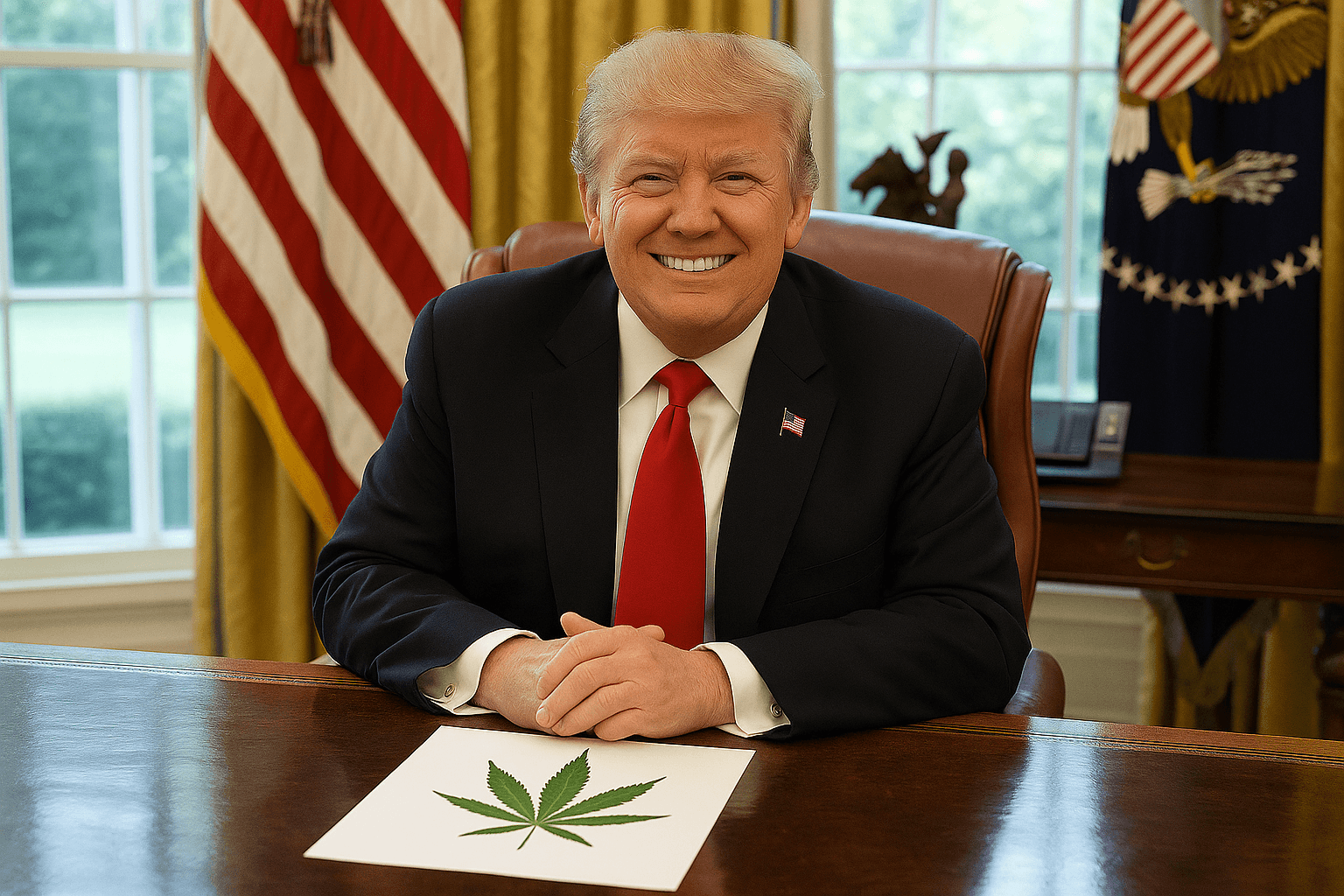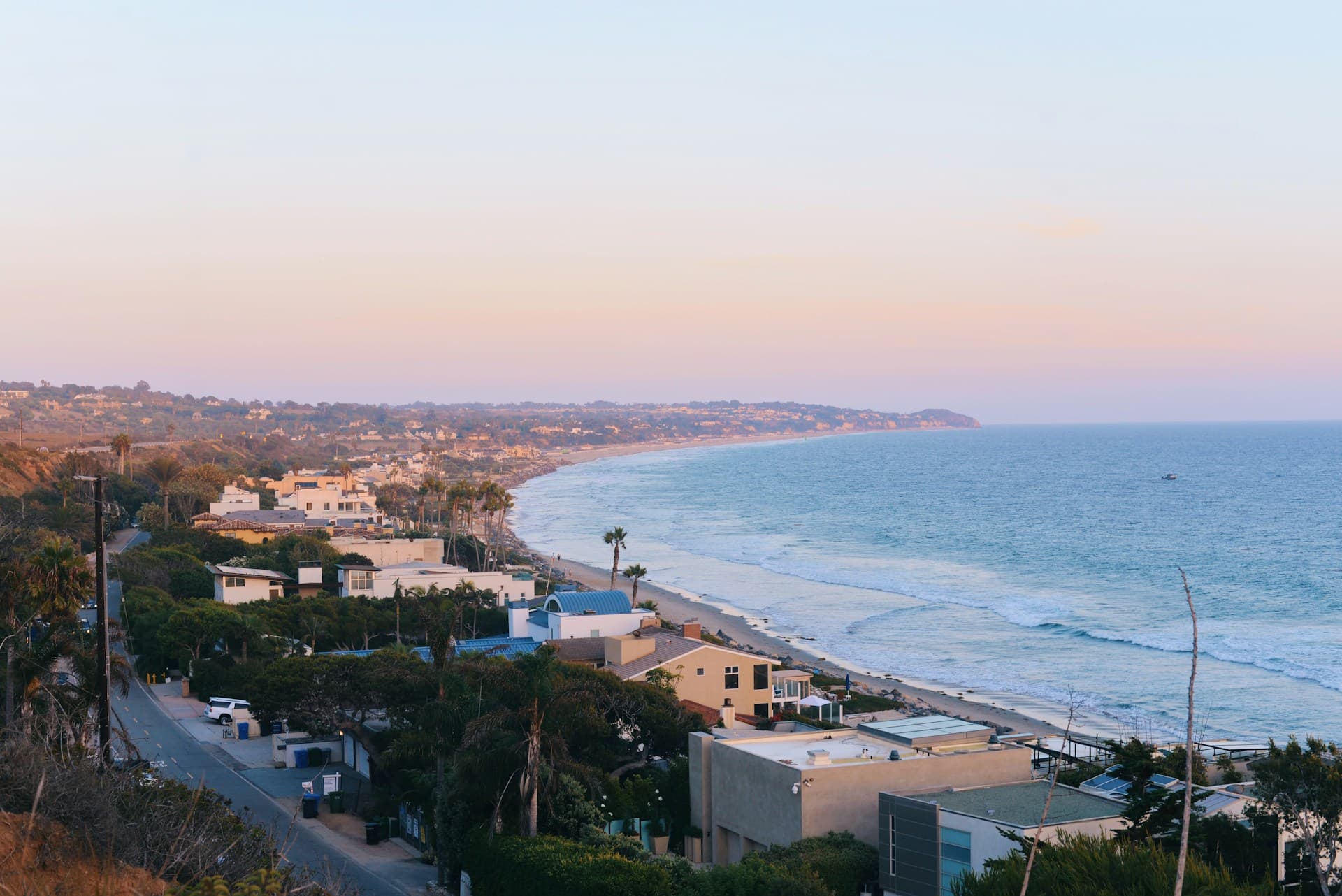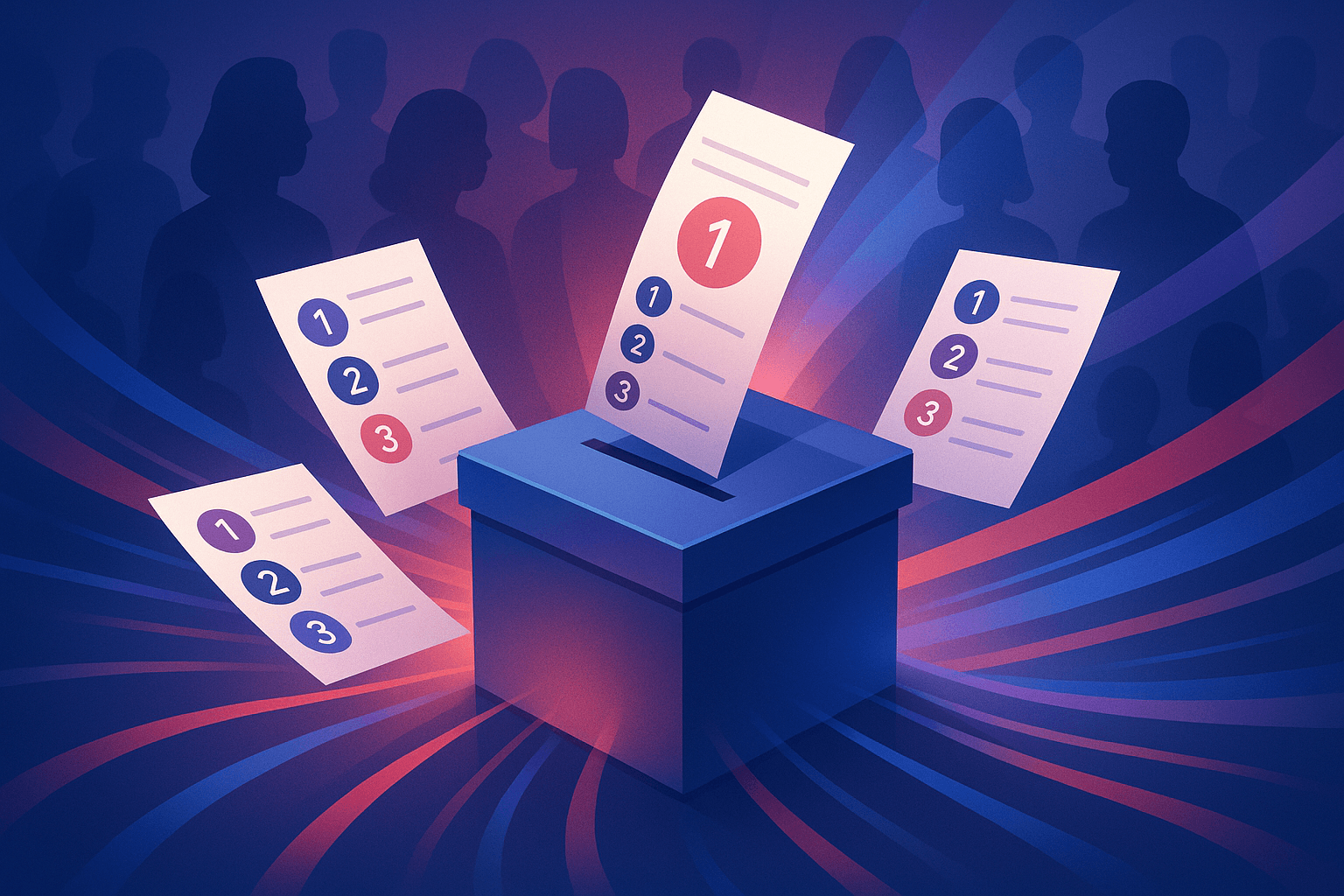Sen. Boxer's Retirement Announcement Causes Democratic Shakeup in Calif.

When U.S. Senator Barbara Boxer (D-Calif.) announced on January 8 that she will not seek re-election, she caught California Democrats off-guard and set off 72 hours of discussion, scrambling, and high-stakes decision making among potential candidates and their advisers on whether to seek the state's first open Senate seat in two decades.
Lieutenant Governor Gavin Newsom (D) has already stated on Facebook that he will not seek the Senate seat, presumably to stay the course on the governorship in 2018. This cleared the field slightly for Attorney General Kamala Harris (D) who kicked off her campaign Tuesday.
These moves may avoid conflict in 2018, as both Newsom and Harris were presumed frontrunners to succeed Governor Jerry Brown, a clash that would almost certainly leave one of them politically wounded and with little hope for higher office in the future. By making the first move and choosing not to run in 2016, Newsom put Harris in a precarious position in which she had to choose between a strong bid for Senate or a much more difficult run for Brown's seat two years later.
Tom Steyer, a billionaire environmentalist and philanthropist, is also making moves toward a bid to replace Boxer, who was a strong voice for environmental issues in the Senate. Since Boxer's announcement, Steyer has been hitting the phones, speaking with strategists and backers as well as his allies in the labor community and in Sacramento.
According to sources close to Steyer, early polling indicates a generally favorable view of his candidacy profile, which may tip Steyer into a bid.
Another household name showing interest is former Los Angeles mayor and former State Assembly Speaker Antonio Villaraigosa, who announced this week that he is “seriously considering” entering the race. Should Villaraigosa choose to run in 2016, a few key factors may play to his favor: he would be a big-name candidate from Los Angeles – the state's largest media market and its most populous city – as well as a prominent Latino from one of the fastest-growing voting blocs in the state. The contest will also coincide with the next presidential election, which typically draws a younger, more diverse, and more liberal pool of voters – many of which will hail from Los Angeles.
Despite these geographical and demographical advantages, some of Villaraigosa's closest supporters appear stunned by his announcement as he had suggested repeatedly in recent years that he would prefer to run for governor. With that in mind, Villaraigosa has been out of the public eye since he left office in 2013, and a race in 2018 may be too far off for his liking.
Other potential candidates include U.S. Rep. Eric Swalwell (D); California Treasurer John Chiang (D); Secretary of State Alex Padilla (D); U.S. Rep. Loretta Sanchez (D); 2014 gubernatorial candidate Neel Kashkari (R); former Republican state party chairs Tom Del Beccaro and Duf Sundheim; and Fresno Mayor Ashley Swearengin (R).
This potentially crowded - and certainly expensive - race will be made even more intriguing with the added element of California's top-two primary system, where the top two vote-getters - regardless of party affiliation - advance into the general election. As Democrats make up 43 percent of the state's electorate and Republicans make up 28 percent, the notion of two candidates from the same party advancing from the primary is well within the realm of possibility.
From a strategic standpoint, an advantage will be given to the party that is able to keep its field of candidates relatively small, so as to avoid dilution of votes among candidates with similar ideological views. Neither party will want to find itself without representation the following November.
Regardless of the result, California's political hierarchy will assuredly be seeing some changes over the next few years. The next generation of California's public figures, all of whom have spent years waiting for an opportunity to take the next step into top political offices, now have their chance.
Image: U.S. Senator Barbara Boxer



